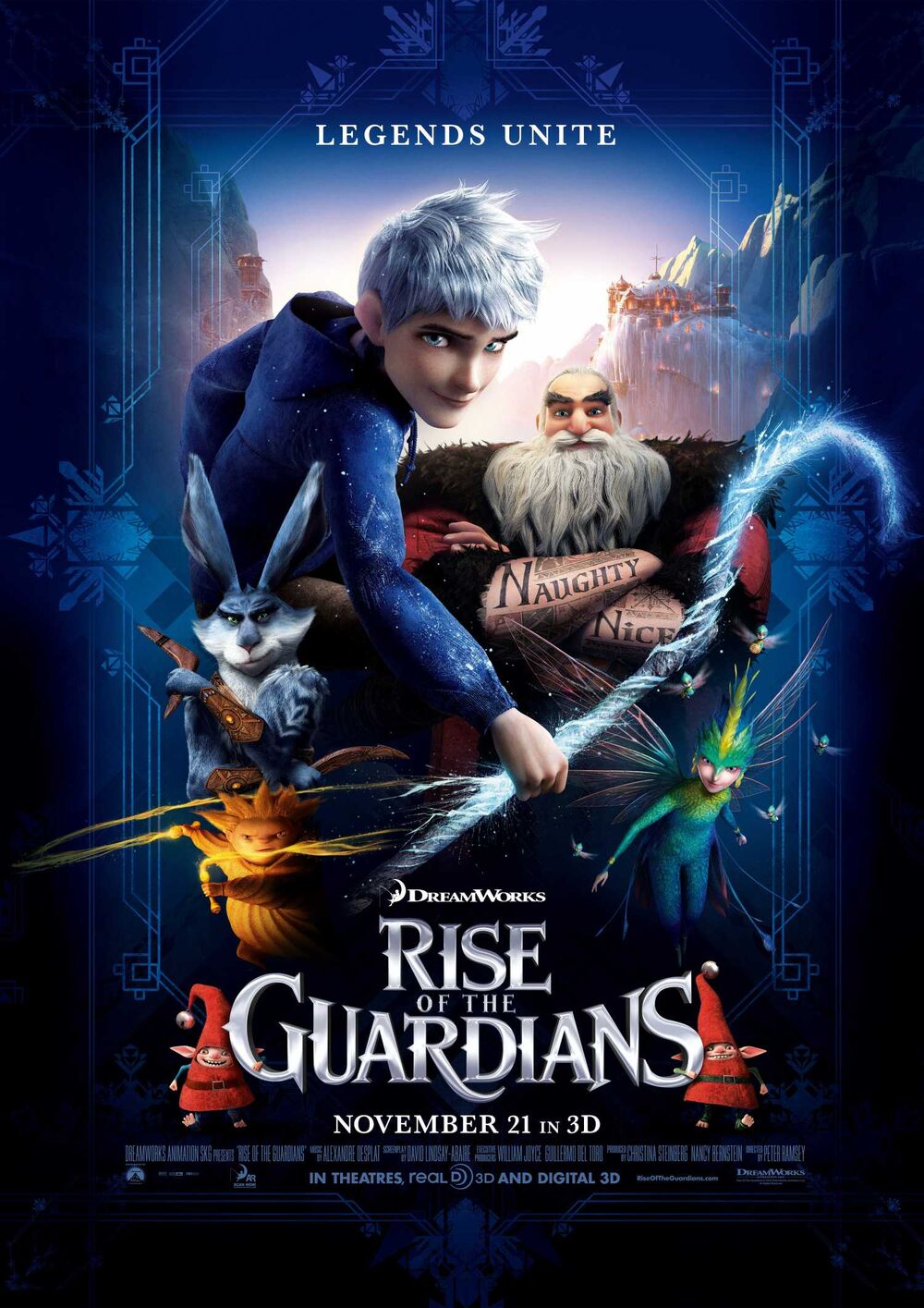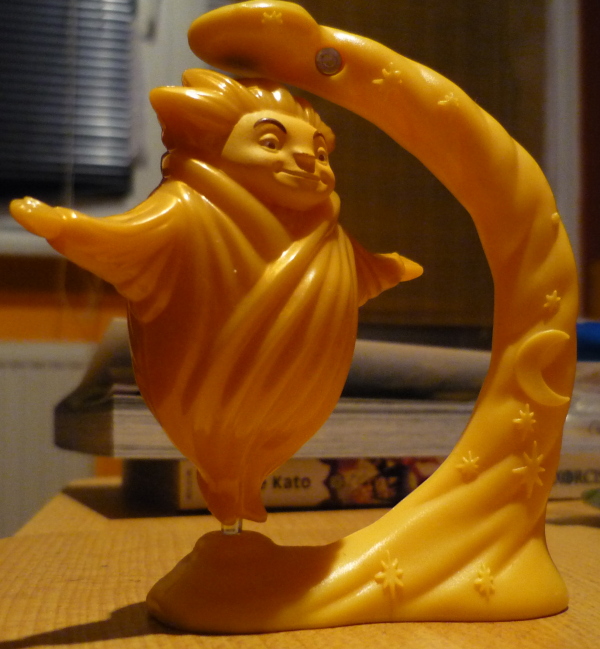As I mentioned a couple of times, I want to start reading more again.
So the first book I read for that occasion – and to get my head away from thinking about my thesis that was being reviewed at that time – was Terry Pratchett’s Eric.
What is it about?
Eric is one of Pratchett’s Discworld novels and tells the story of the young demonology hacker Eric Thursley that summons a demon to fulfil him three simple wishes:
He wants to be the ruler of the world, meet the most beautiful woman that has ever lived and be immortal.
It isn’t really his fault that he summons the most incompetent wizard Rincewind that had been trapped in a Dungeon Dimension to help him with this. And it also isn’t his fault that they end up in places – and times – were his wishes might be granted a little differently than he had anticipated.
The reading experience
As you might have figured: I read this in German. Simply because almost every book I own is the German translation/version. Therefore I can’t say anything about Pratchett’s original jokes, as I don’t know which are his and which came through the translation.
The only thing that I can properly say about the reading itself is, that the novel is far too short.
It seemed a bit rushed at times and I am certain there would have been way more stories to tell, but we only got a little glimpse of that. Still a fun read though.
The characters
Eric pretends to be an old and wise demonology hacker, but is in fact barely older than thirteen. Therefore his antics are childish and naive in certain situations, but the more they go through the more he learns that Rincewind more or less knows what he is doing – and more importantly WHEN they should run.
Rincewind is one of the reoccurring characters from the Discworld. His first appearance was in The Colour of Magic and it took me quite some time to not misread his name as Reiswein or Ricewine…
Anyway, in this story he is seemingly granted the power to fulfil wishes through snipping his fingers (whereas otherwise he is barely capable of doing simple spells), which in turn leads them to places where his natural flight instinct is rather useful. He shows again that he has a minimum of responsibility for the people he travels with and is capable of knowing exactly when and in what direction he would need to flee. His pessimistic realism is always quite fun to read and of course his often not understood sarcasm. I might even go as far as to say he is amongst my favourite characters (way after DEATH obviously).
And he never is anywhere without the Luggage (which by the way is called „Truhe„/Chest in German). I like Luggage…I just don’t want to ever meet it/him as an enemy…and his role in this novel was again quite a fun one: Eating through armies, hell gates and simply appearing every time his master is in trouble.
The other major character beside Eric is Astgfl the King of Hell. Or rather the bureaucratic King of Hell that cancelled all the fun in purgatory to be replaced with boredom. That alone makes him a quite fun parody. On the one hand you could see that his plans worked, EVERYONE suffered, on the other hand you could see why there might be some controversy towards his methods of sending out memo’s and files and organizing everything. Even if h e just wanted to improve hell…
As with most of the Discworld stuff I can’t really say that there is a character that I don’t like. I might not have gotten a proper connection to some of them, due to the length of the novel and their short appearances, but no one really stood out negatively. Not even the Tezumen tribe and their „god“ or other army people and demons they met. Heck not even the crazy parrot…
General Opinion
As I said: This novel was way too short, but still fun1. It had some interesting ideas in the ways the wishes were granted (including the creation of the universe, a tribe of Mayan like people and a Trojan-like horse).
The thing that stuck with me most was however the boring bureaucratic hell with Boredom as eternal punishment. It seems to be a rather horrible idea if you are the one being punished…or doing the punishing…
It doesn’t really live up to the other novels I’ve read so far. Which is probably due to the shortness and the bare hints at other story lines instead of actually following them like he does with in of his other novels. Still interesting and funny though.
Stuff I’d like to add
This story was alternatively called „Faust“ and was probably some strange variation of the tragedy by Goethe, but I personally can see the connection only with squinting. With Rincewind being Mephisto, Eric being Faust and Astfgl maybe being god and the „most beautiful woman that ever lived“ being Gretchen or Helena. But I don’t really read it as Faust-like tale…but that’s just my opinion, as someone who kind of really likes the original.
PoiSonPaiNter
© For the cover belongs to its rightful owner.
1 I really like the footnotes in his novels…







